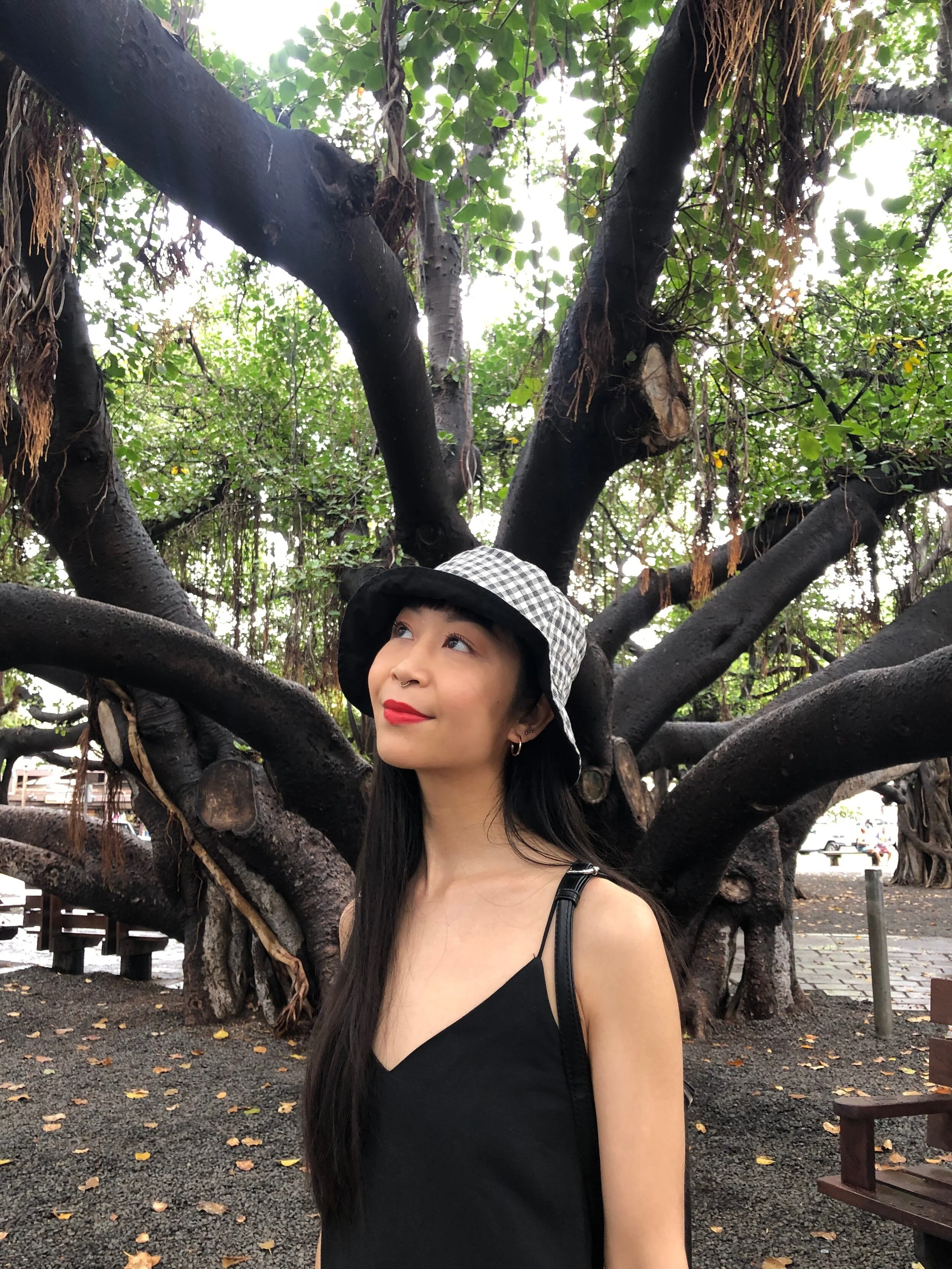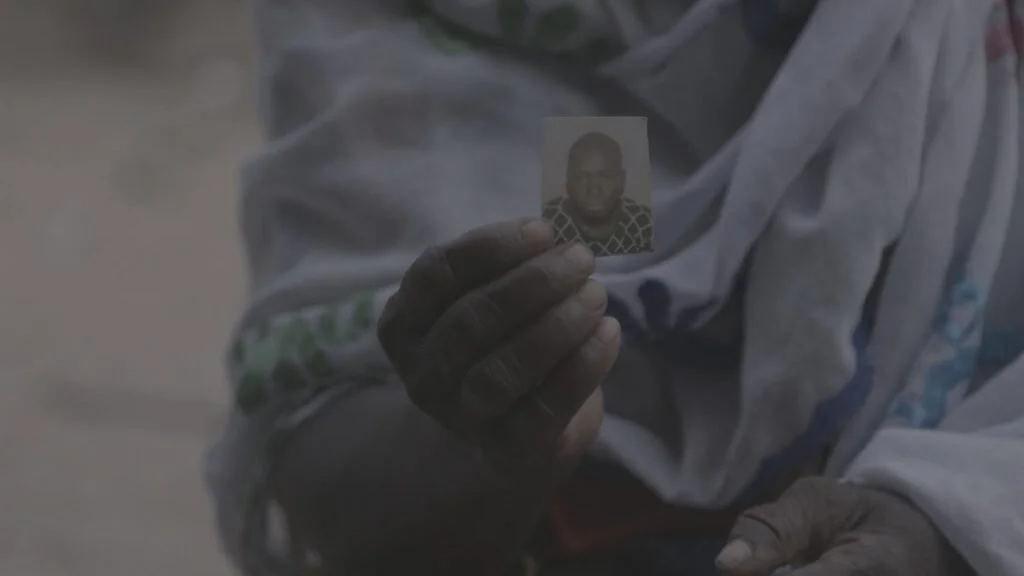‘I Always Think About Who the Work Benefits’
Illustrator and designer Shanene Lau, who lives on the unceded territory of the Squamish, Tsleil-Waututh and Musqueam Nations (Vancouver, BC), shows her talent in everything she does – from drawing to pottery. In this interview, she gives us some insight into her work and creative process, shares her thoughts on work-life balance and design as activism, and talks about her plans.
We’ve been living with COVID-19 for more than a year now. How are you? How has the pandemic affected your life and work?
It’s been alright overall, considering how eventful these couple of years have been. Before the pandemic, I mostly went to work and stayed in, so the shift in lifestyle wasn’t too drastic when things changed. I’ve enjoyed working my 9-5 from home and spending more time in my own space, although it hasn’t increased my productivity or creativity.
Shanene Lau
It’s always fascinating to learn about how people find their true calling and/or their passions, or the fields they want to work in. When did it occur to you that you wanted to be an artist/designer?
I’ve always been creative but found design a bit by accident. My best friends and I in high school were really into photography and we decided to start an online magazine featuring other young photographers and creatives. I downloaded InDesign and started bumbling my way through layouts, typefaces, and all these design elements I had no idea about. I only realized a few weeks into my Visual Communications degree around nine years later what graphic design was and that I’d been doing it that whole time.
Speaking of education, before pursuing a degree in Visual Communications at Capilano University, you took Image Arts – Photography Studies at Ryerson University. How have the years spent at these institutions shaped your views on and approach to design and art in general?
Studying photography before visual communications was very informative. At Ryerson I took some fantastic art history classes, and others that I can’t remember the names of, but that had to do with lighting, image creation, editing, and semiotics. Studying imagery in general has helped me understand how the presence and use of certain visual elements shape our perceptions and reactions, which also applies to graphic design. I think sometimes that correlation between perception and reaction is more subtle with design than with photography, which can make it more interesting, or funny, or frustrating.
Emerging artists and designers may seek advice from others. What is the best advice you’ve ever received and you’re the most grateful for in terms of your artistry?
I don’t ask for advice that much because I’m obstinate and socially anxious. I think paying attention to other people’s perspectives has been more helpful to me, because then I can take what I notice and do what I want with it.
If I’m not mistaken you both work in-house and freelance. What are the challenges and opportunities that come with these two types of jobs?
That’s correct, I work at an agency full-time and freelance on the side. Agency life can be volatile, which is both fun and stressful, but overall it’s an enjoyable day job. The main challenge with freelancing is having the time and energy to focus on projects after a day of work. Agencies will also protect you from dealing directly with clients and the stages beyond design such as media planning and working with production houses, whereas freelancing can throw you into all facets of a project.


It seems to me that both Canada and Sweden are perceived, in mainstream international media at least, as places that care about and are willing to fight for human rights. However, Indigenous communities and other minorities across the Arctic – also in these countries – still have to fight for their basic (human) rights. This struggle as well as the murdered and missing Indigenous girls and women in Canada (and other countries) don’t necessarily get enough public or media attention. How do you think design and designers/artists can contribute to the continuous fight for social and climate justice?
Yes, thank you for saying this. Stereotypes like Canada being a peaceful, backwoods country or all of its citizens being polite are very misleading. Canada has its fair share of issues. I think creatives (or anybody) can fight for the issues they care about by strengthening communications – writing about things that aren’t being covered, designing shareable imagery and information, creating assets that can be used on social media, and engaging with the resources other people share. However, we have to be mindful about not taking performative action and use our skills as a meaningful and sustainable way to help.
In Sweden we can see a moment of reckoning right now. Thanks to Black Lives Matter and films like Sámi Blood, a conversation has finally started. How has the situation changed in Canada, if at all?
I don’t feel I know enough to encapsulate what’s happening countrywide, but the conversation around racism has spread. Mostly what I’ve seen in the news and on social media are unfortunate events involving racism and police misaction, followed by protests, petitions and circulated resources. Sometimes an “investigation” will happen or the perpetrator is put on “administrative leave”. The Vancouver Police Department has not been defunded. Overall, it feels like activism has increased and people are more aware as a whole, but how Canada evolves or doesn’t remains to be seen.
Activists tend to call out brands that (intend to) capitalize on social issues. I assume you consider a number of factors before accepting a commission. How do you decide on which client to work with?
The commissions I’ve taken in the past have been small and usually personal jobs, but I always think about who the work benefits. If it’s a personal job, I prefer to work with people who value creative time. If it’s commercial, I tend to favour businesses that are smaller, local, or BIPOC run/owned.
You’ve worked on a range of projects, including logo design, branding, illustration, retail campaigns, etc. Which one do you prefer doing the most, and why?
I don’t know that I have a preference, but branding has always been uniquely challenging, which I like. It allows incorporating various elements like photography, illustration, logo design, art direction, etc. and the only way to find out if something works is to play around and try everything. It’s a real roller coaster to watch a project go through each iteration and then reach a final identity.
What do you find the most rewarding in your work as a designer and illustrator?
Meeting other creative people who understand my notebook scribbles and half-formed thoughts has been quite nice. I’ve gotten to meet many talented, kind and interesting people over the last few years who have gotten where I was coming from with an idea or been able to challenge me and show me their perspectives. It feels a little bit vulnerable and special to be able to communicate over abstract things and learn from each other.
On Instagram, you’ve shared photos of your sketches done in a notebook. What steps do you usually complete when working on commissioned and passion projects?
Usually I get my ideas out through scribbles and writing, choose a direction to go in, and then try to execute it. I always get lost at the execution, so I’ll noodle around at that stage for a bit. If I’m being proactive, I’ll ask a friend for advice. If I’m not, I’ll procrastinate until I complete it in a vacuum and wonder how it could have been better.
Looking at your Instagram page, I get the impression that you tend to opt for black, white and grey, although you’ve chosen rich, vibrant or pastel colours for some of your illustrations. How do you typically settle on the palette used?
Going completely grayscale was just for Inktober, a challenge where you aim to draw something (originally intended to be in ink, but I’ve taken some liberties) each day for the month of October and share it on social media. In past years I’d stay up all night trying to figure out my Inktober drawings, but last year a friend told me to be faster by not using colour or spend time writing a caption and it really helped. Usually though, I have naturally opted for working in colour. It’s all experimental; I don’t have a personal palette I stay with all the time.
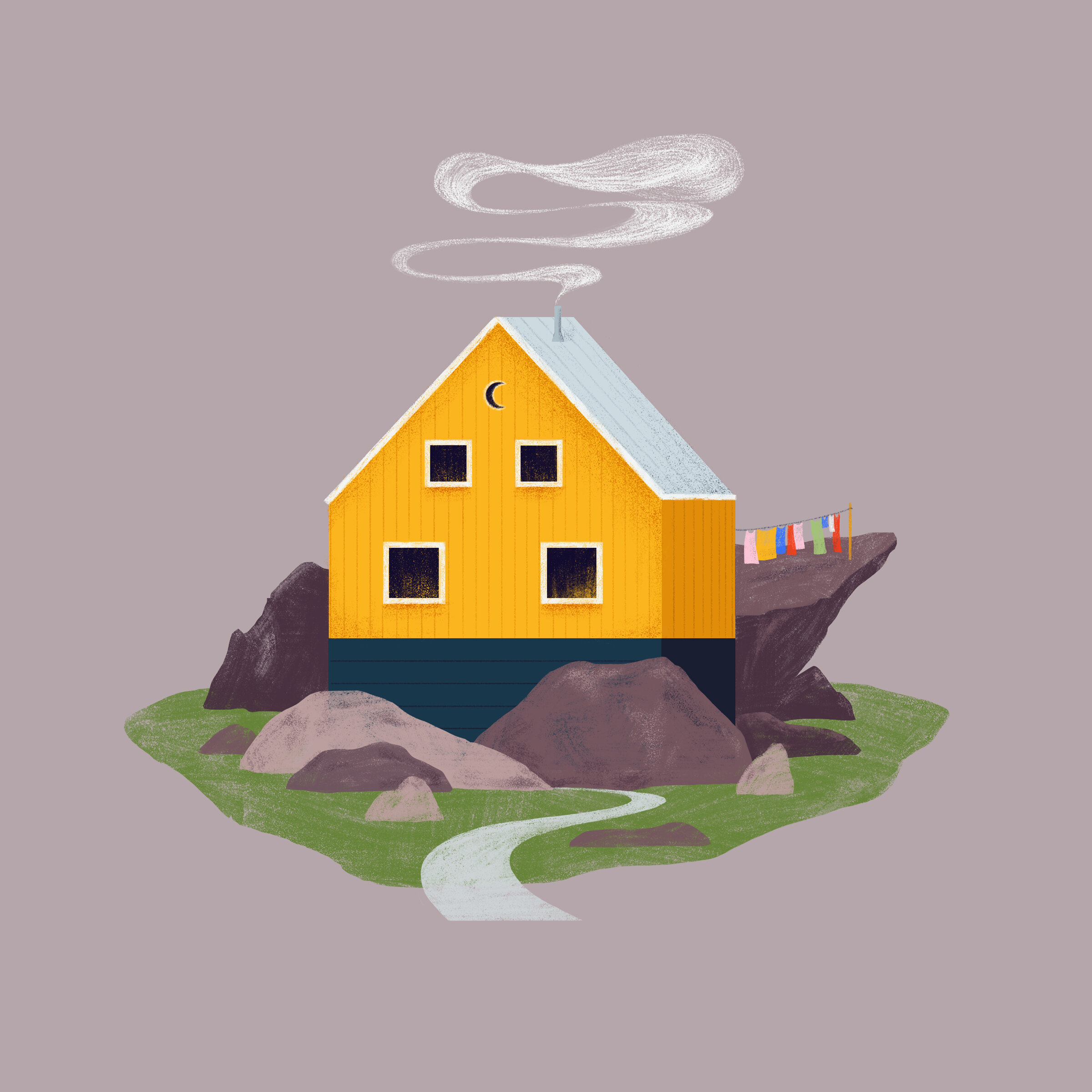
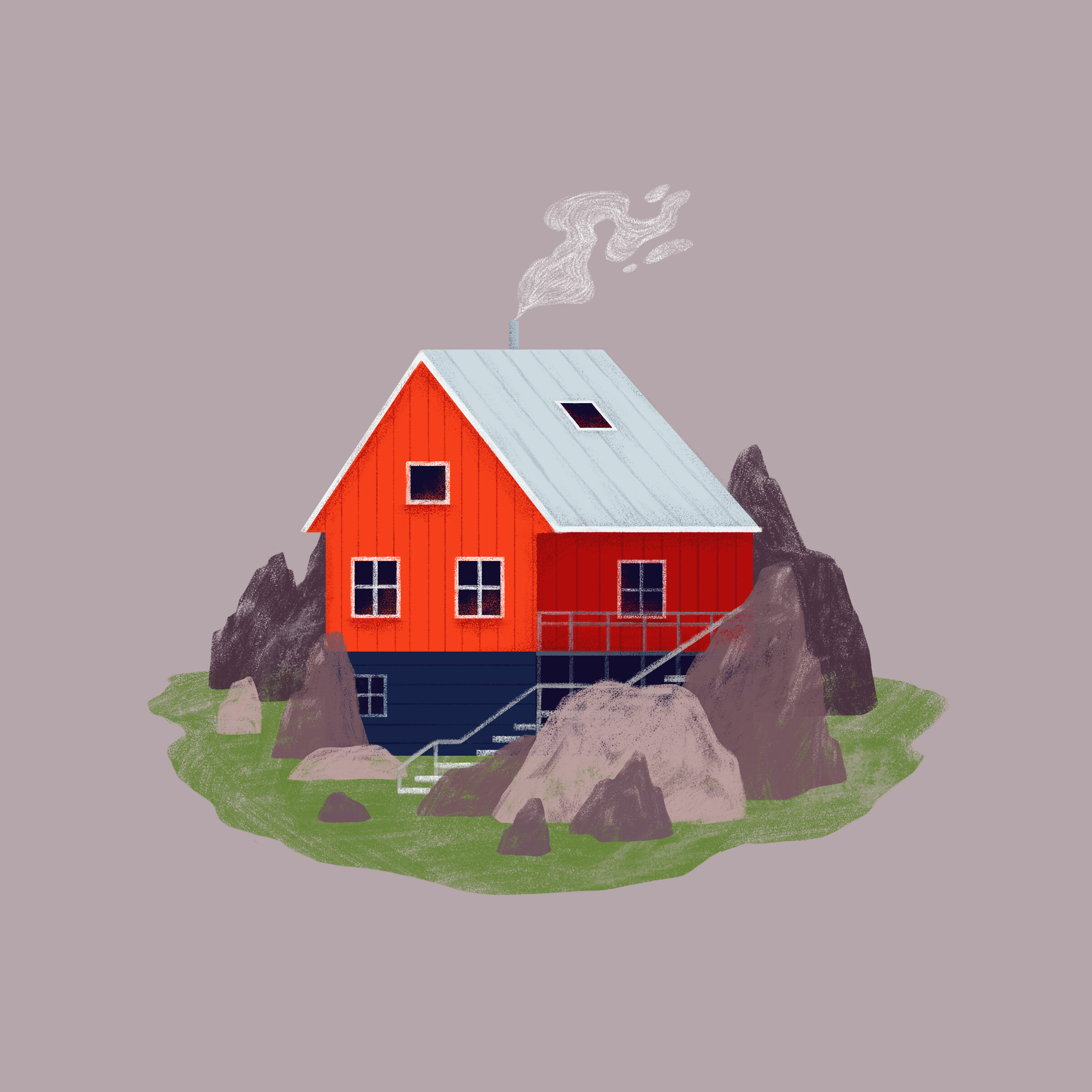
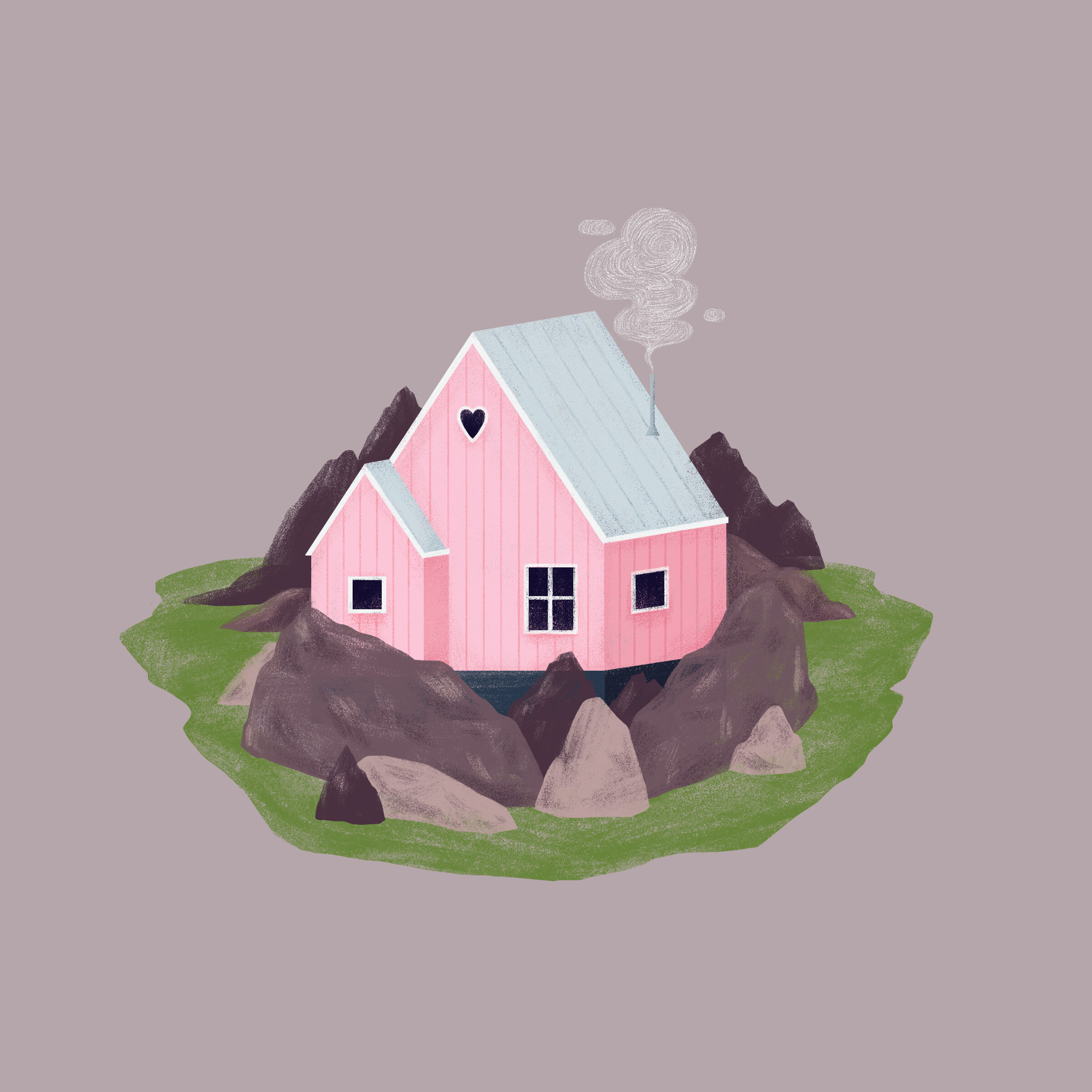
Regarding your series of Greenlandic houses, you write on Dribbble that you were drawing them in your free time to practise your illustration skills. Why Greenlandic houses, though? Did perhaps your activism, thinking of the Indigenous population of Greenland, somewhat encourage you to explore Greenlandic architecture?
The reason is nerdy and not so deep. I just like looking at different buildings and structures from different places. I was on Google Maps one day in a period where I was drawing houses and saw an interesting landscape of colourful buildings that I thought would be fun to draw. But I would like to know more about the Greenlandic population and architecture.
Your illustration that accompanies the text titled The Golden Age of Privileged Gaze published in SAD Mag also shows your interest in social issues. The article focuses on films that are part of the film canon but raise lots of questions when it comes to representation and stereotypes. What was the creative process like?
This was my first time being assigned to illustrate for an article, and I didn’t know the best way to start right away. I remembered some other illustrators recommending reading a third of the text and starting to ideate from there. I guess to capture the general tone of the text and decide how to hook the reader. I tried to get across the idea of unpacking and close examination.
Examining also your Inktober pieces, it appears to me that you can find inspiration in everything – ranging from the most mundane activities to important social issues. How do initiatives like this help you hone your craft?
Once in a while, I just think it’s fun to force yourself into a committed project. I start full of energy and then quickly burn out like everyone else. But if I manage to complete the challenge, then I gain some sense of accomplishment. I always tell myself the way to get better at art/illustration is to keep making – literally anything – and to do it the moment I think of it. Drawing every day for Inktober forces me to do that, as well as providing the opportunity for technical exploration and improving at translating concepts.
What are some other issues you’d like to address in your work?
I’ve had it in mind to tackle more political illustrations or to design helpful communications, but it’s really difficult. There’s a lot of research and often heavy emotional work that goes into the process. I have a lot of respect for creatives who are making work that helps the public by communicating important values and sharing resources.
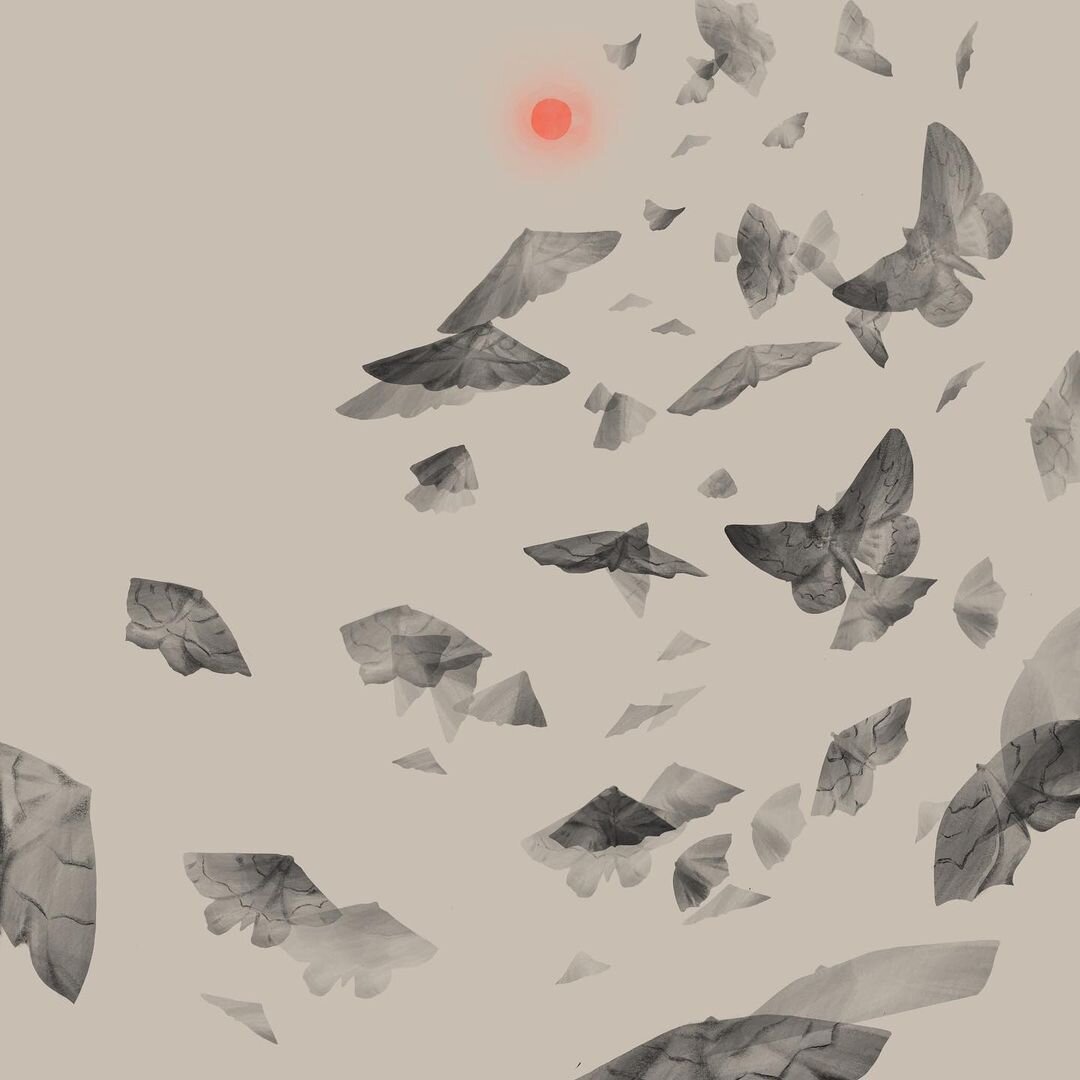
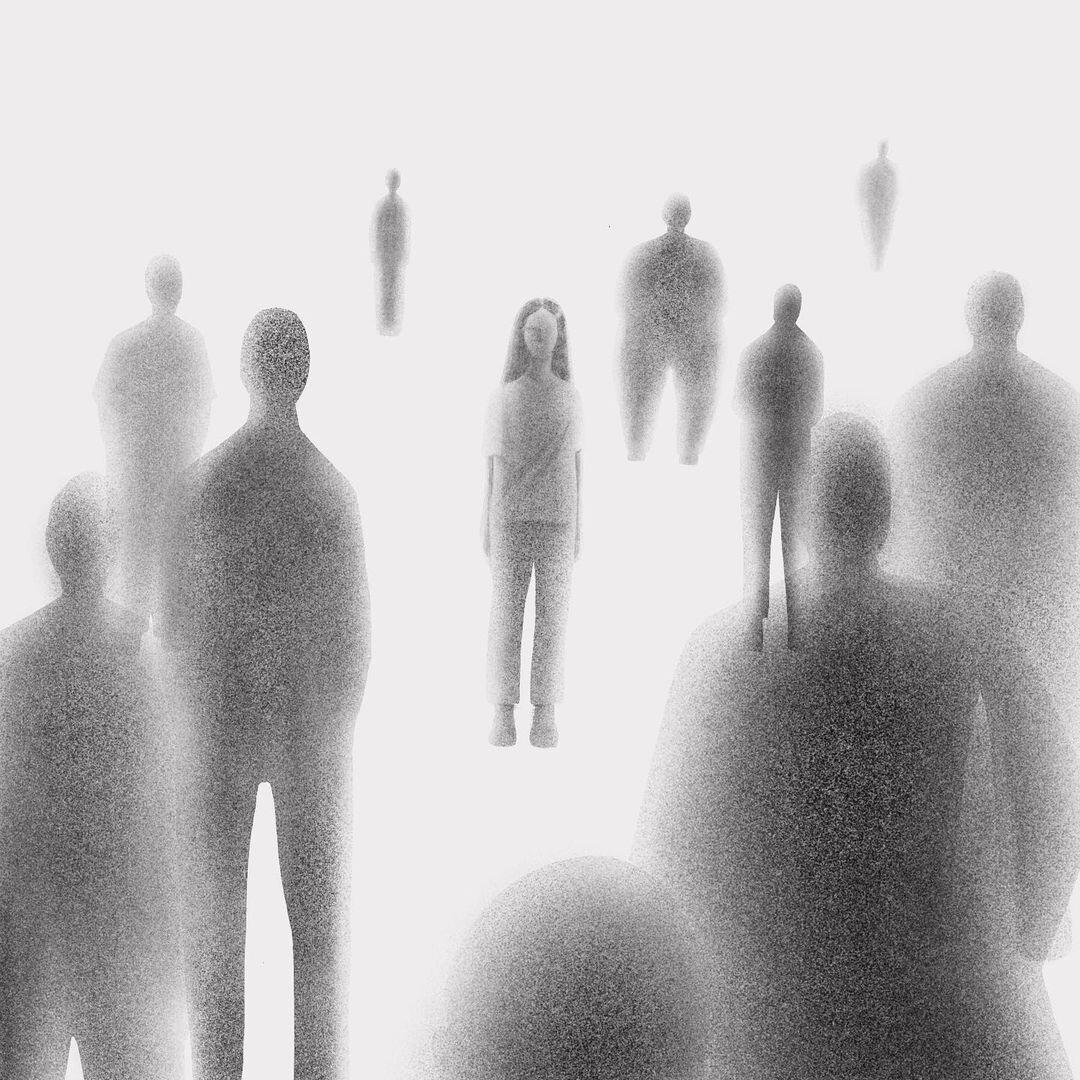
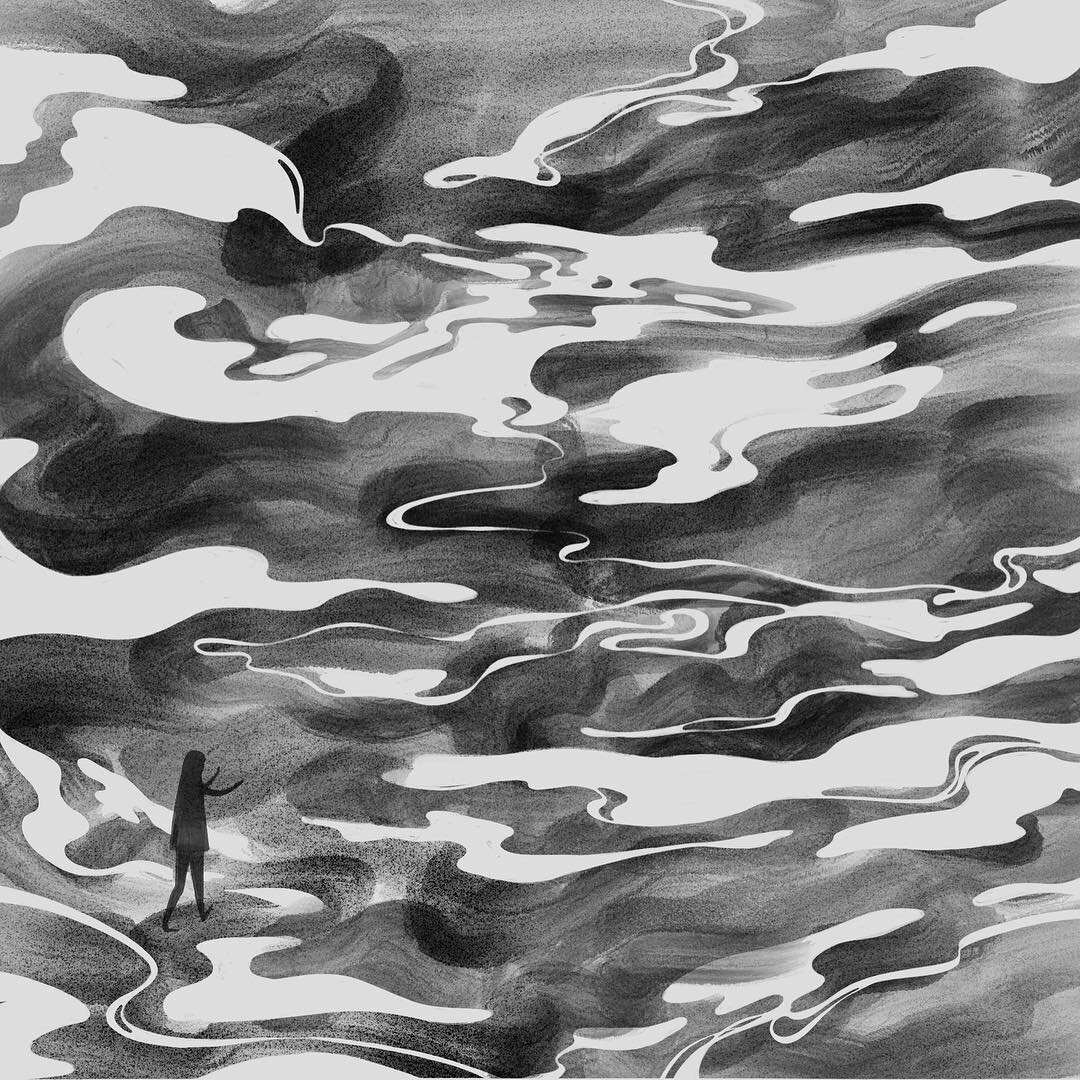
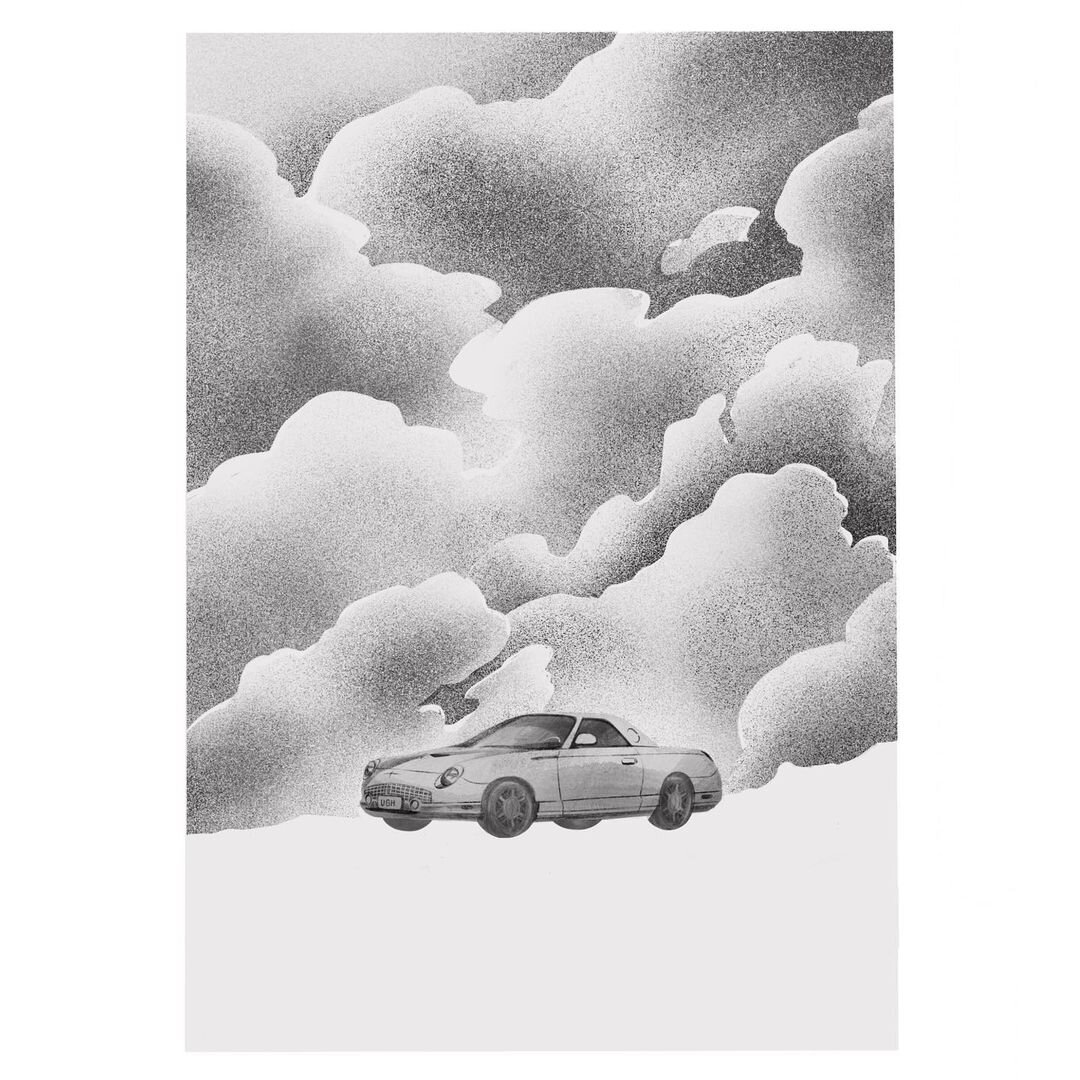
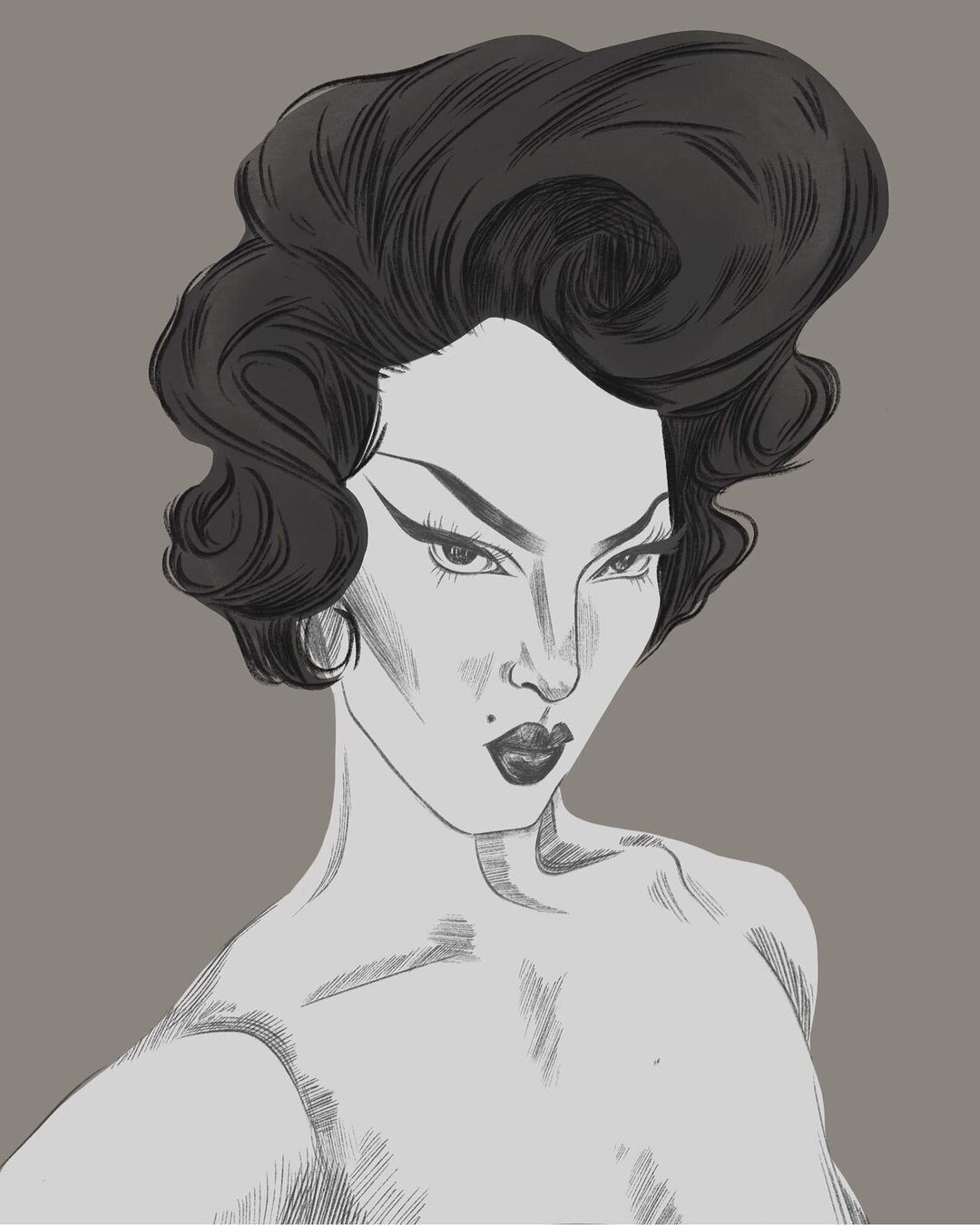
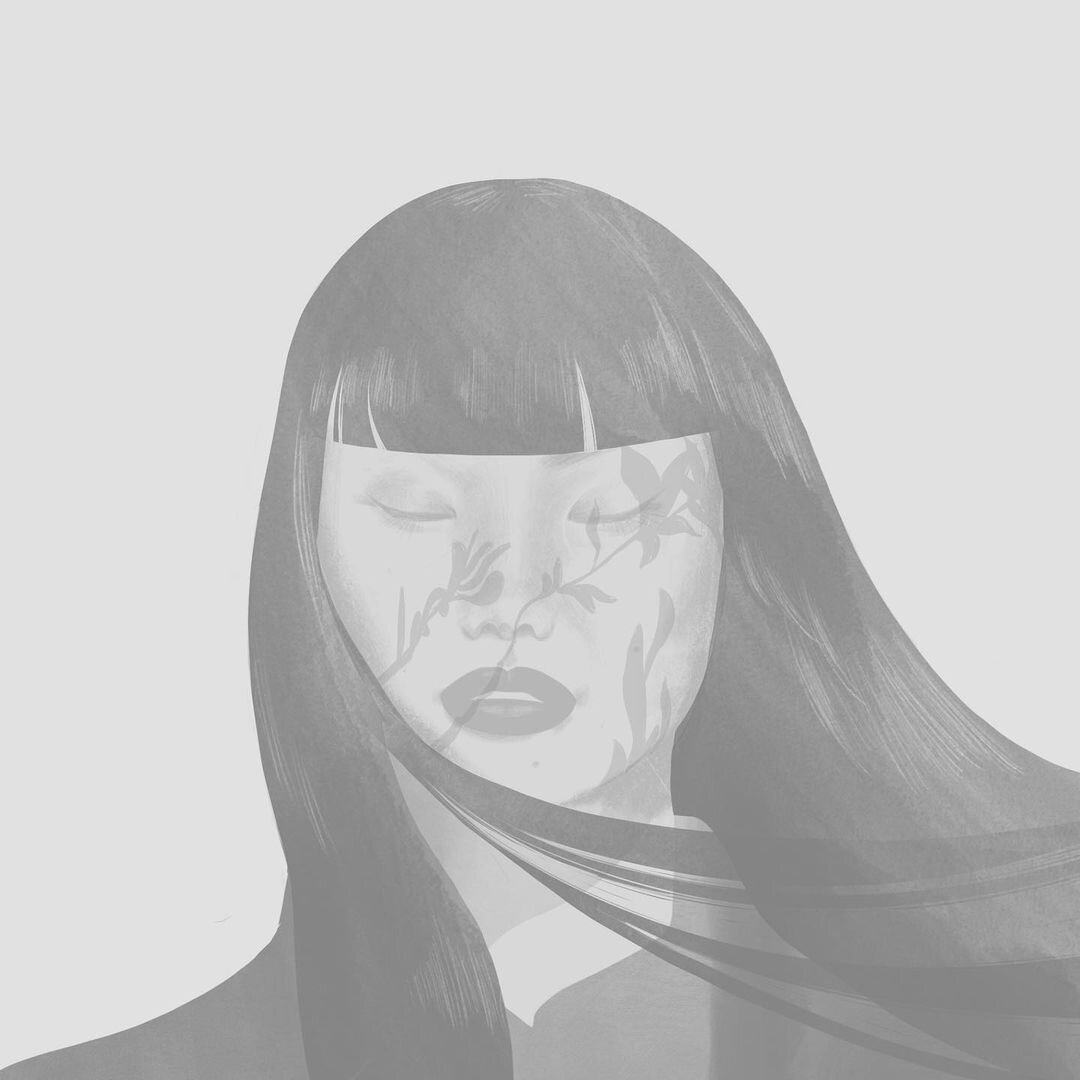
You are involved in several artistic endeavours. When you don’t design or illustrate, you spend time in the ceramic studio Halsion Collective you’ve co-founded but is currently closed due to COVID-19. Please tell us how it all started and what you do.
Halsion started with a friend from school, Danielle Vallée, who is also a designer and art director. We spent a lot of time on the computer during our four-year degree and wanted to do something creative away from screens. I was dabbling in ceramics at the time and she had always wanted to try, so we started Halsion Collective as a means to play and explore. We made a brand for it and an Instagram account, set up our booth at local markets and pop-ups, filled custom orders, and kept that up for about three years until COVID came around. Our mindset with Halsion was always fairly casual and playful. There were only a few items we made repeatedly because it was usually more fun to try out new ideas. Our style is simple, usually a geometric silhouette with a thick white glaze over toasty-coloured clays, sometimes with speckles coming through or playful illustrative elements waxed in. Danielle is excellent at those and anything super detailed, whereas I’m normally on the wheel trying to churn out uniform shapes. Since taking our forced break from Halsion, we’ve been looking at a lot of furniture and sculpture. I’m looking forward to those influences coming through when we can get back to clay.
Thinking of everything you do, what strategy do you follow to be able to maintain a healthy work-life balance?
I think I naturally move at a relaxed pace, try to limit freelance jobs to things I’ll enjoy, and check in often with myself. I like to spend large chunks of time alone to mull over creative thoughts and re-charge as opposed to constantly throwing myself into projects since I burn out at the drop of a hat. Separating my workspace from my living/sleeping space has made a big difference – as well as making plans to do things I enjoy outside of work hours.
You briefly talked about the arts magazine, called Freckled Magazine, you and your classmate Ting Shuen started as teenagers. I’m wondering what you learned from that experience.
Ting and I started Freckled in 2016 when we were in high school and knew nothing about magazines, publishing, design or proper communications. We just knew we wanted to start an online magazine and do it differently than what the other Flickr teens were doing at the time. I taught myself how to do amateur layouts using Adobe InDesign, and Ting and I sort of winged briefs and interviews. We learned something new with every issue and every email we sent out. There were some great connections, rejections, ghostings, surprises, maybe a few instances of butting heads, but it was always fun. I learned how much time design took, especially since I realized I was missing a lot of skills and didn’t know how to change that. After graduating from design school, I realize how much work it was that we were doing, and all out of personal interest and enjoyment.
I guess it’s still hard to plan anything because of the pandemic, but do you have any plans you’d love to realize as soon as possible?
Not really, like I said, I like to live slowly. I’ve been giving a lot of thought to what my goals are, and I think I just want to work on honing an illustration style. Luckily, drawing is always available to me.
What are you working on right now?
I’m waiting for the right time to collaborate with a friend on an art piece (weather dependent!), and I’m working with an apparel brand on its branding and merchandising. Hopefully, that’ll come out this year. I’ve also just moved, so I’m mostly working on my cooking skills. It’s like doing crafts, but with heat, and too much salt.

